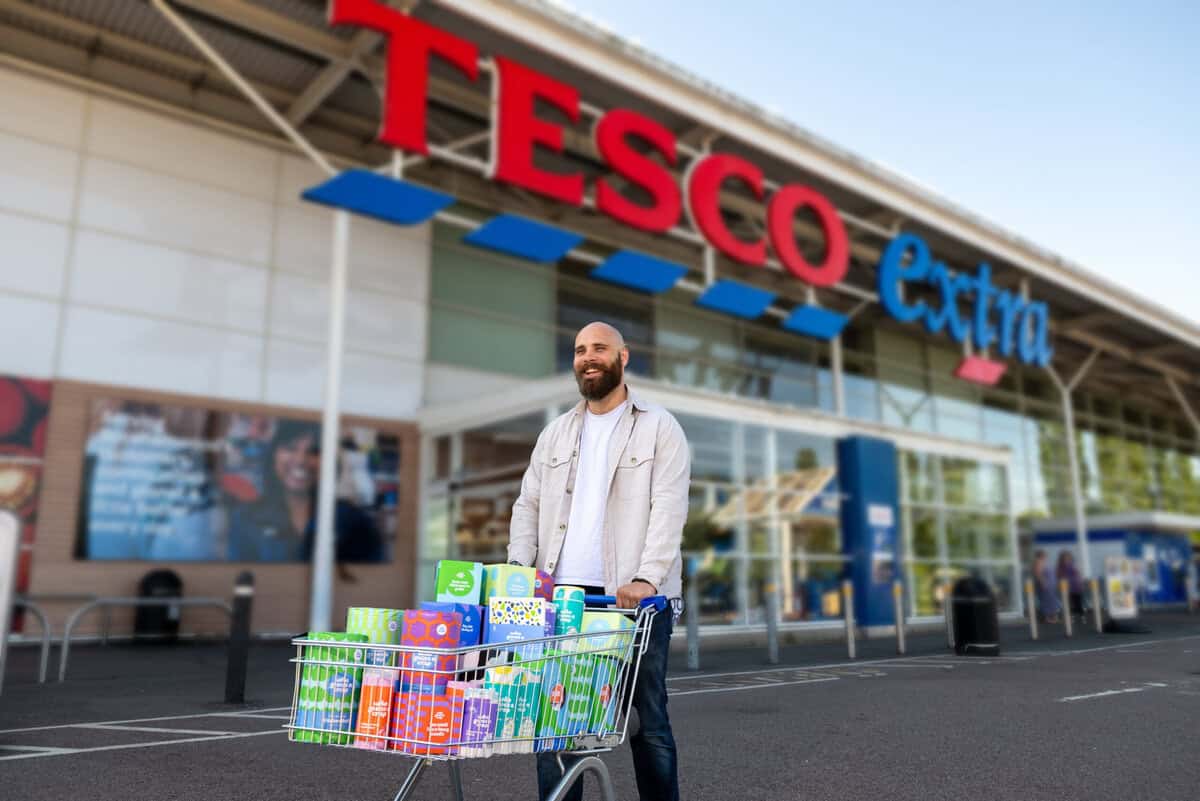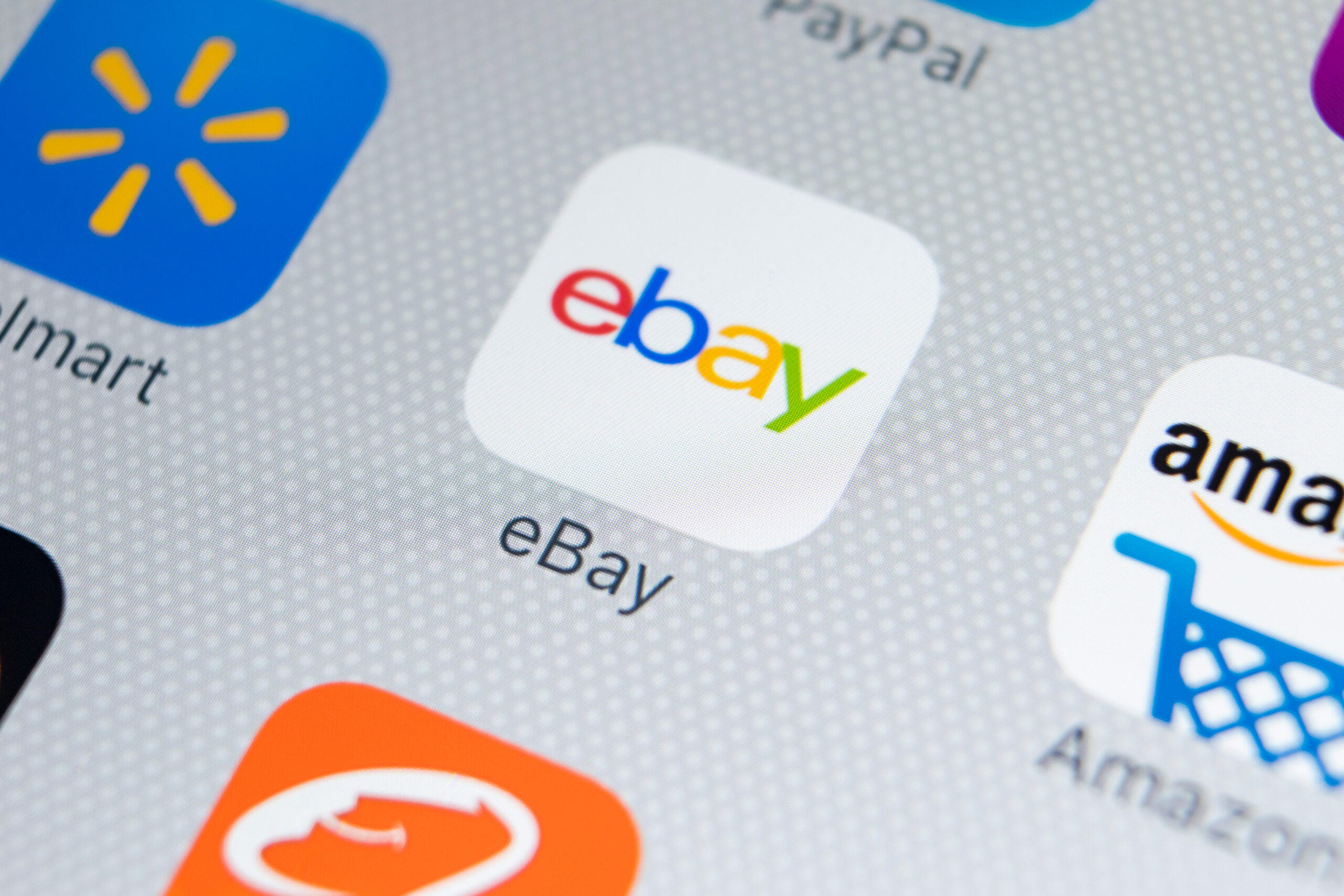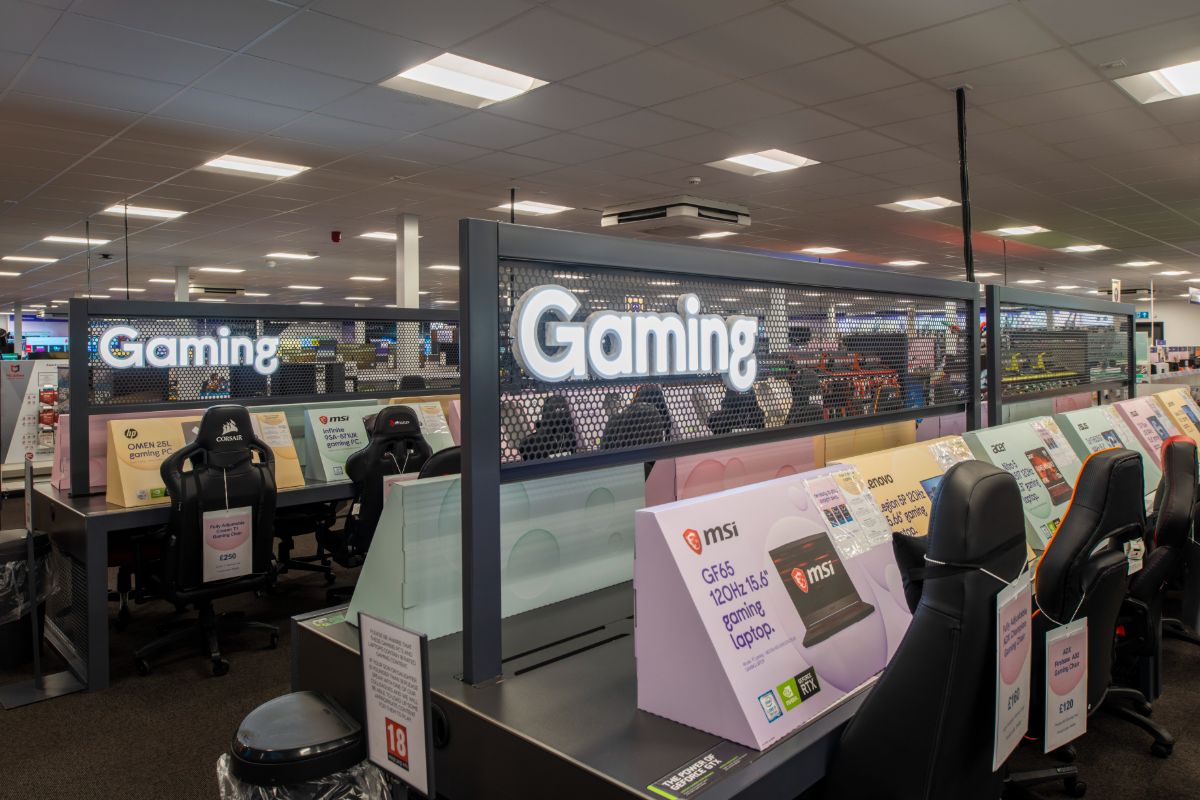The importance of recognition factor
Retailers stand out in the Brand Engagement Performance Dimension because they are well known and often the first port of call for customers.
“To do well you have to be known, and to be known you have to do well,” says Polina Modenova, InternetRetailing researcher. Researchers rated retailers in this dimension for their brand reach, as measured by how easily a retailer is found via search, and how that compared to competitors. They also measured the way the Top500 use Twitter and Facebook to project their brand and interact with customers, and worked with Knowledge Partner Return Path to assess the response for marketing emails sent by 15 retailers. (See below for more details).
There is both change and competition at the top as researchers have refined approaches to measuring what it is to be successful in Brand Engagement. It’s not surprising, though, that Amazon tops this Dimension since the site is where so many people start their shop.
The Top5
Amazon earns its place at the top of this dimension because it is so visible in search. It has more than 600,000 retail keywords – which were searched for more than 700m times in November alone, according to analysis from Knowledge Partner OneHydra . Customers can engage via seven different channels, including social media. Despite the commanding performance in search, it has not neglected social media. Its Facebook page had 5.5m likes at the time of measurement – nearly five times the Top500 retailer average. Amazon also had more than 40% more monthly posts than the average for Top500 retailers. “Amazon, despite offering an enormous and voluminous product range, nevertheless commands a significant portion of search visibility, when consumers are searching for products that it offers,” says Modenova.
Argos comes second in the study for its visibility in search – it ranked third in the OneHydra analysis, after Amazon and eBay – and because its customers are more likely to read its emails. The retailer had more than 1m likes on its Facebook page, and a higher than average number of people were talking about Argos on its page, with 7,344 people interacting with the brand, 3% higher than the average. The ratio of email marketing messages sent to messages read was the highest across the Return Path study of 15 retailers, while the 35% read ratio was third highest in the study. Argos customers were less likely to delete their email messages – just 3.8% of recipients did so.
John Lewis took third place in the Dimension, scoring highly for search visibility, while its emails were the third most read, with a relatively low proportion marked as spam by the ISP and by customers. Its like per post scores were 73.4% higher than the average for Top500 retailers. John Lewis shoppers tend to opt for Facebook as a social media channel: some 12,011 people were talking on this page, which also has links to other social media. The retailer has 172% more checkins on its Facebook page than the average multichannel retailer, making this a cost-effective form of marketing.
In fourth place, Next was highly visible in search and its Facebook likes, at more than 1.5m, were 34% higher than the average for Top500 retailers. Fifth-placed Debenhams was also visible in search, while 35.4% of consumers read its emails – the second highest proportion in the Return Path study.
Assessing the field
The analysis found that the sheer size of the very largest retailers, and their active social media audiences, in this dimension can dwarf what smaller traders can achieve in the Brand Engagement Performance Dimension. Amazon, with 5.5m Facebook page likes has nearly five times as many as the average for the Top500 – of 1.1m. But retailers with loyal followings had the means to stand out in different dimensions.
Some 39% of Waitrose emails were read by customers, according to the Return Path findings, while Harrods achieved the highest number of customer check-ins, at 990,000. The average number of check-ins, by contrast, was around 37,000.
Marketing insights
Findings contributed by Knowledge Partner Return Path gave important insights into the effectiveness of leading retailers’ email marketing strategies. Those strategies were measured through the proportion of emails that were read, deleted or marked as spam by either the ISP or the recipient.
Argos topped the listing in this section of the research because 34.8% of the relatively low number of emails it sent were read, and only 3.8% were deleted without being read. Users tended to hang onto these emails: a relatively low 8.5% were deleted after being read. Only 0.7% were marked as spam by the ISP and 0.03% by the user. Second-placed Asda saw 20.3% of the 71,627 emails it send read – and 8.2% deleted, while in third place, 22.2% of the 120,031 emails that Boots sent were read. Interesting findings across all brands included the statistic that messages sent on a Sunday were most likely (27.7% of the 122,804 sent) to be read. Wednesday was the most popular day for sending marketing emails, with 255,852 sent, but it was also the day when fewest emails (21.1%) were read.
We’ll be working with Return Path through 2016 to extend and integrate this tests into our ranking algorithms






